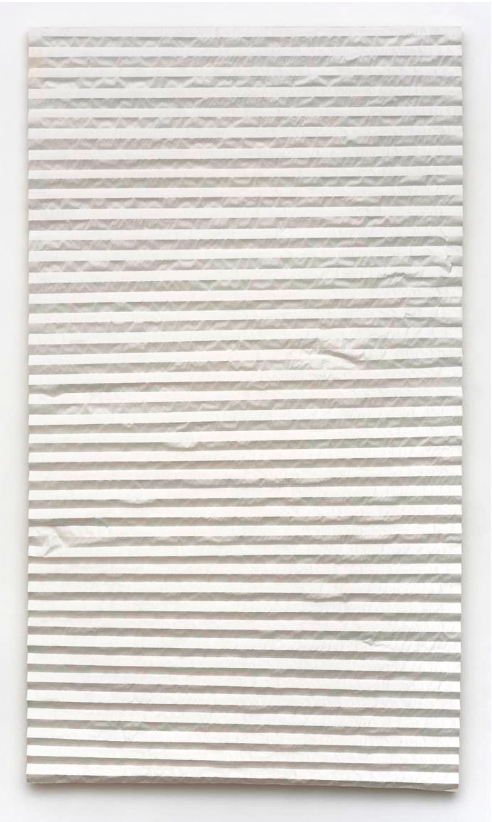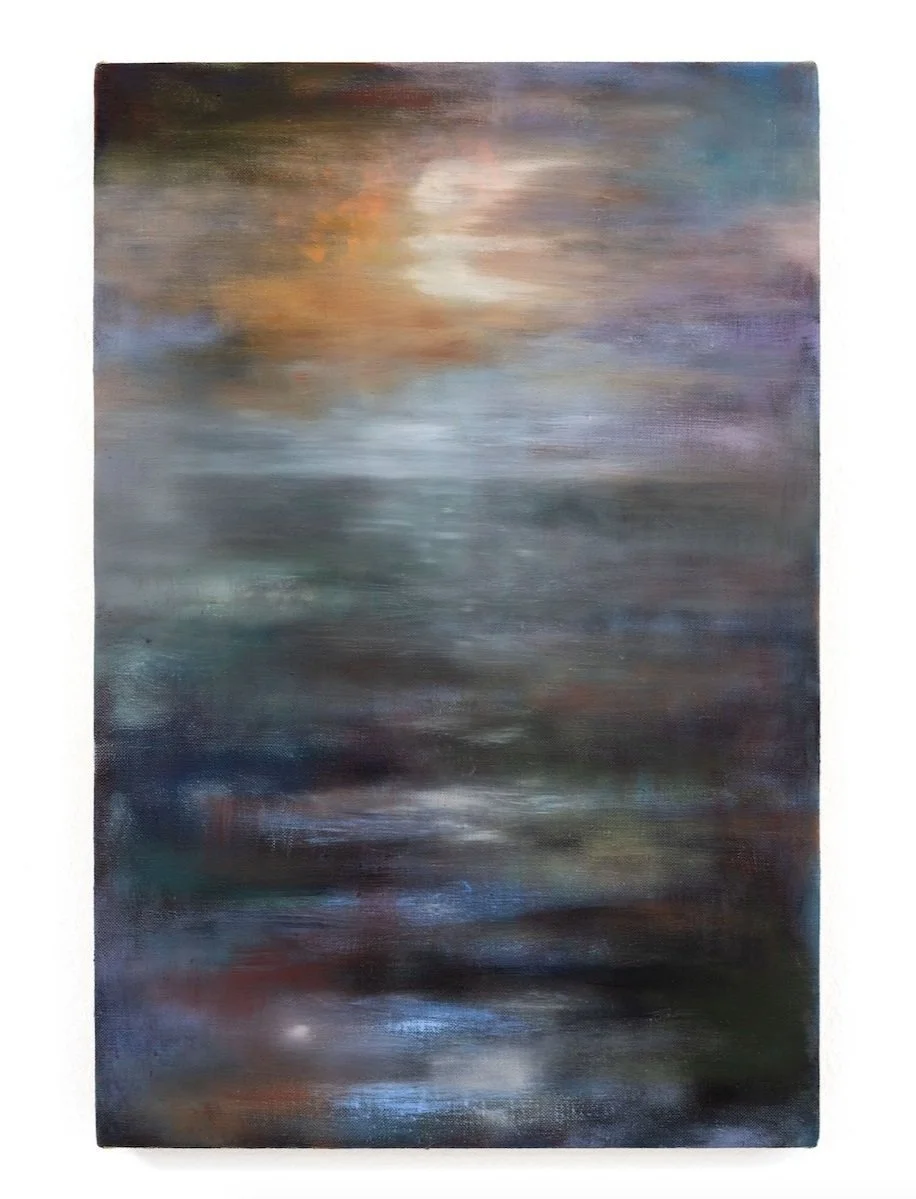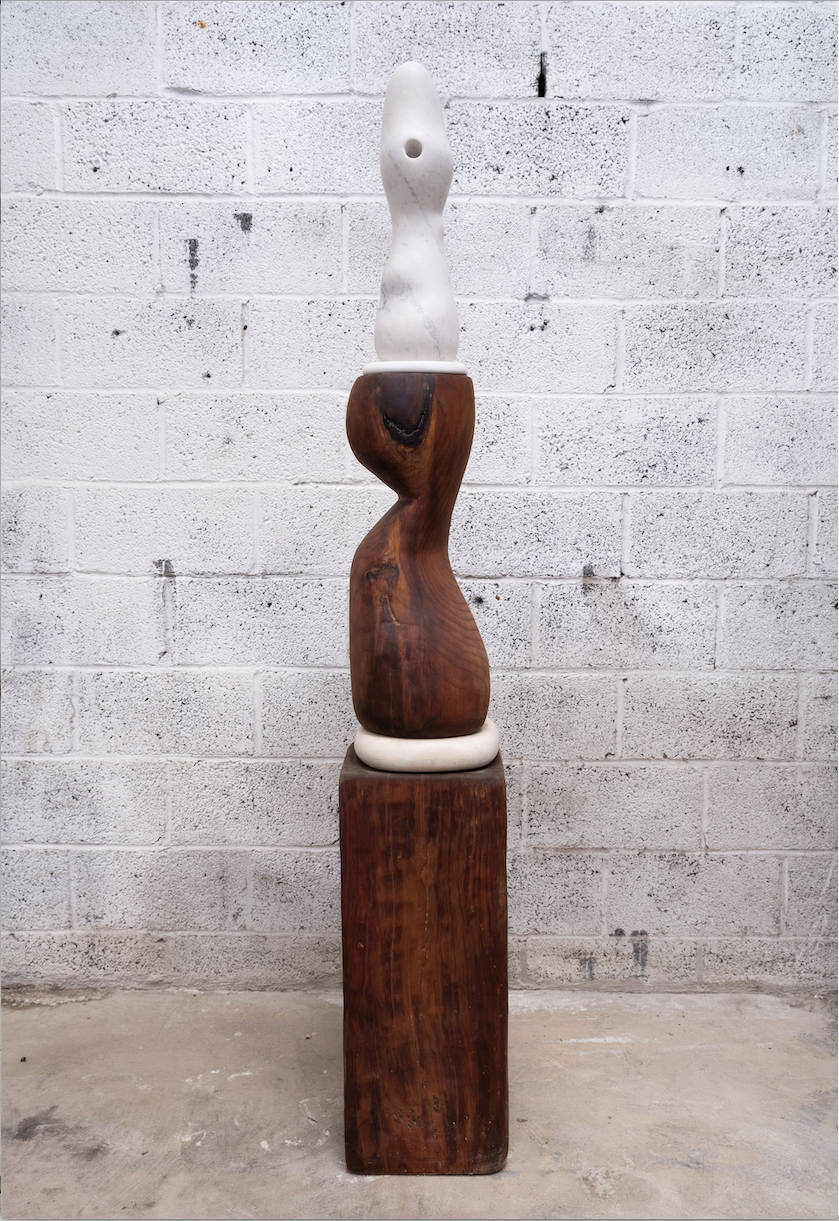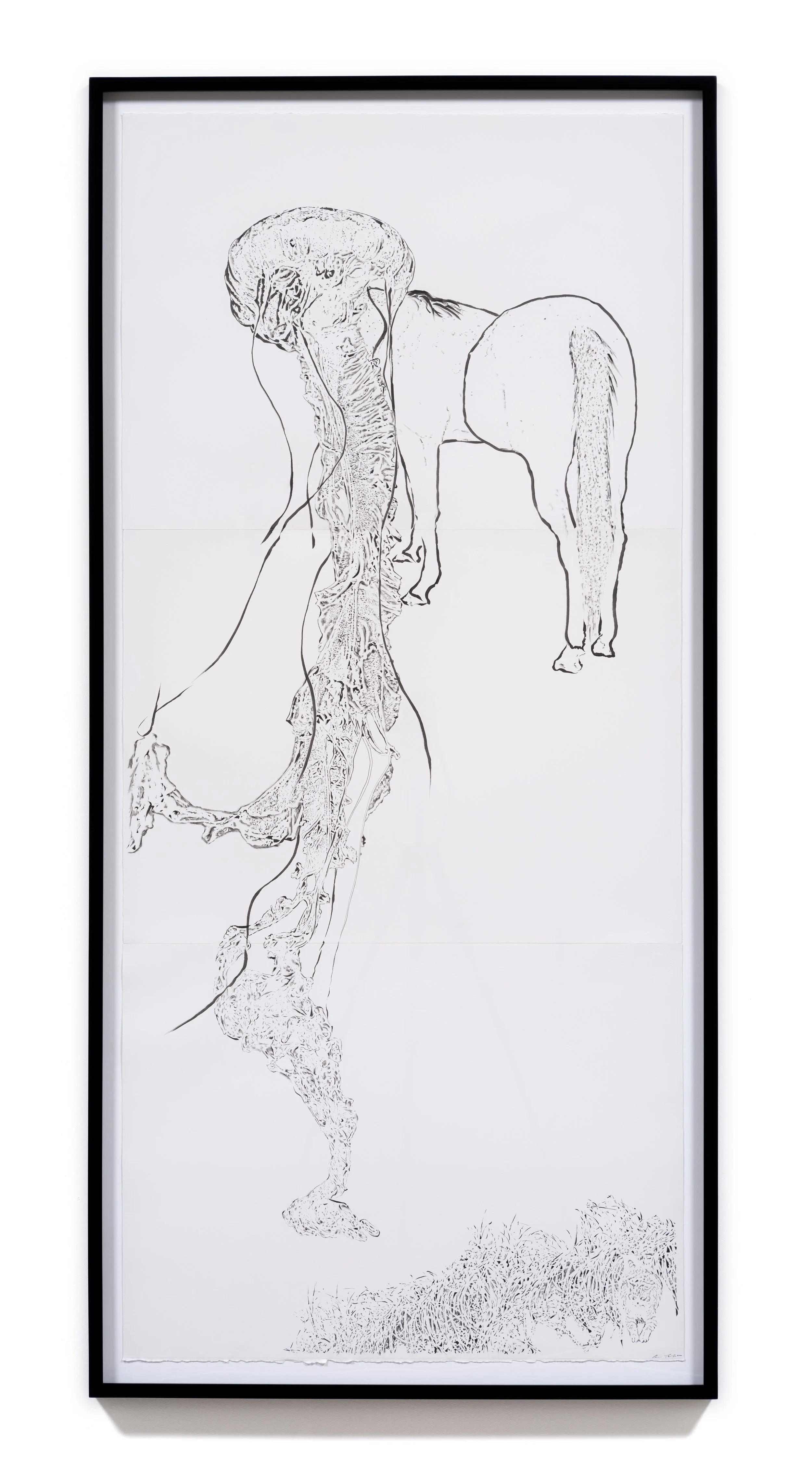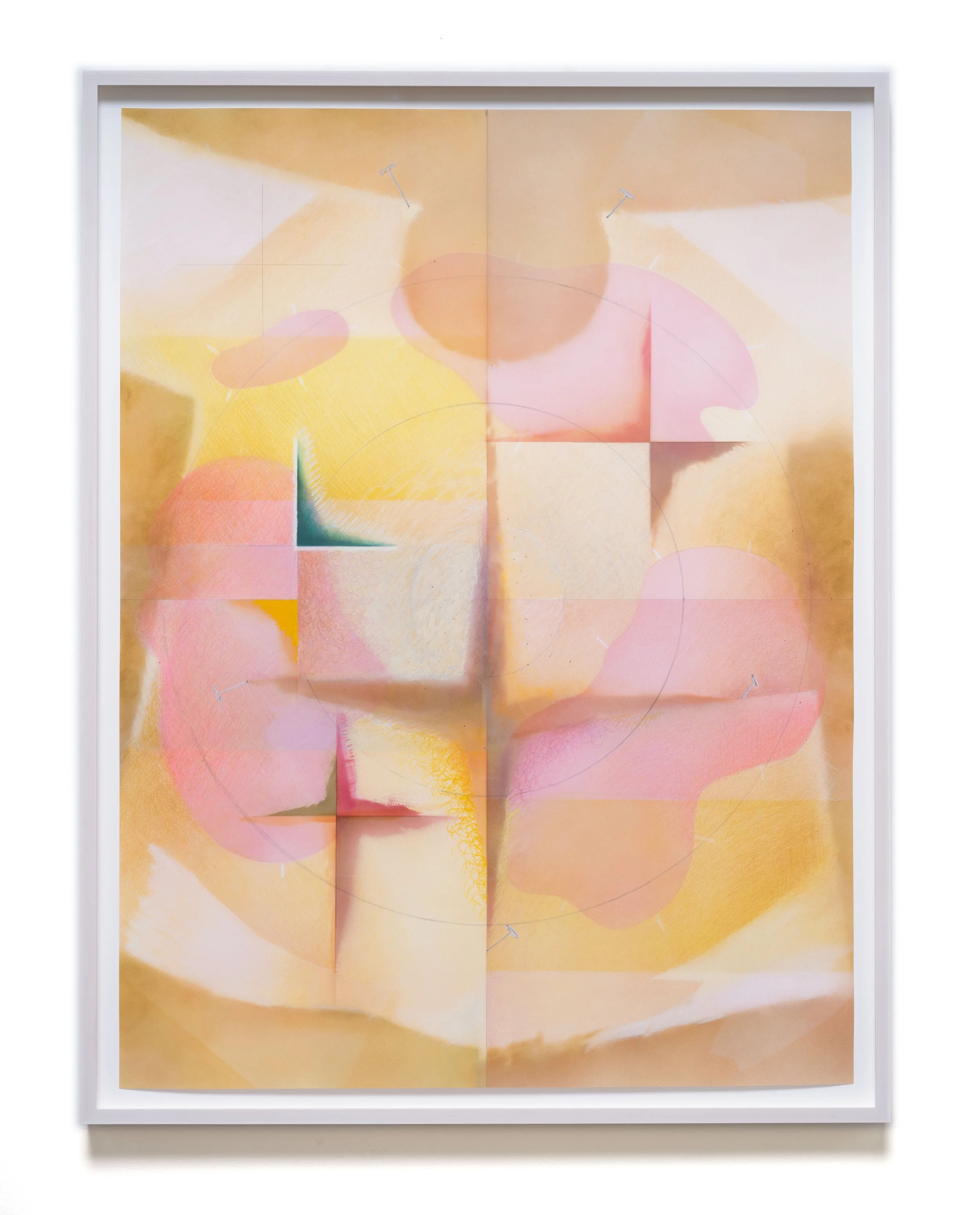Slow School
ten years of moskowitz bayse
June 20 - August 16, 2025





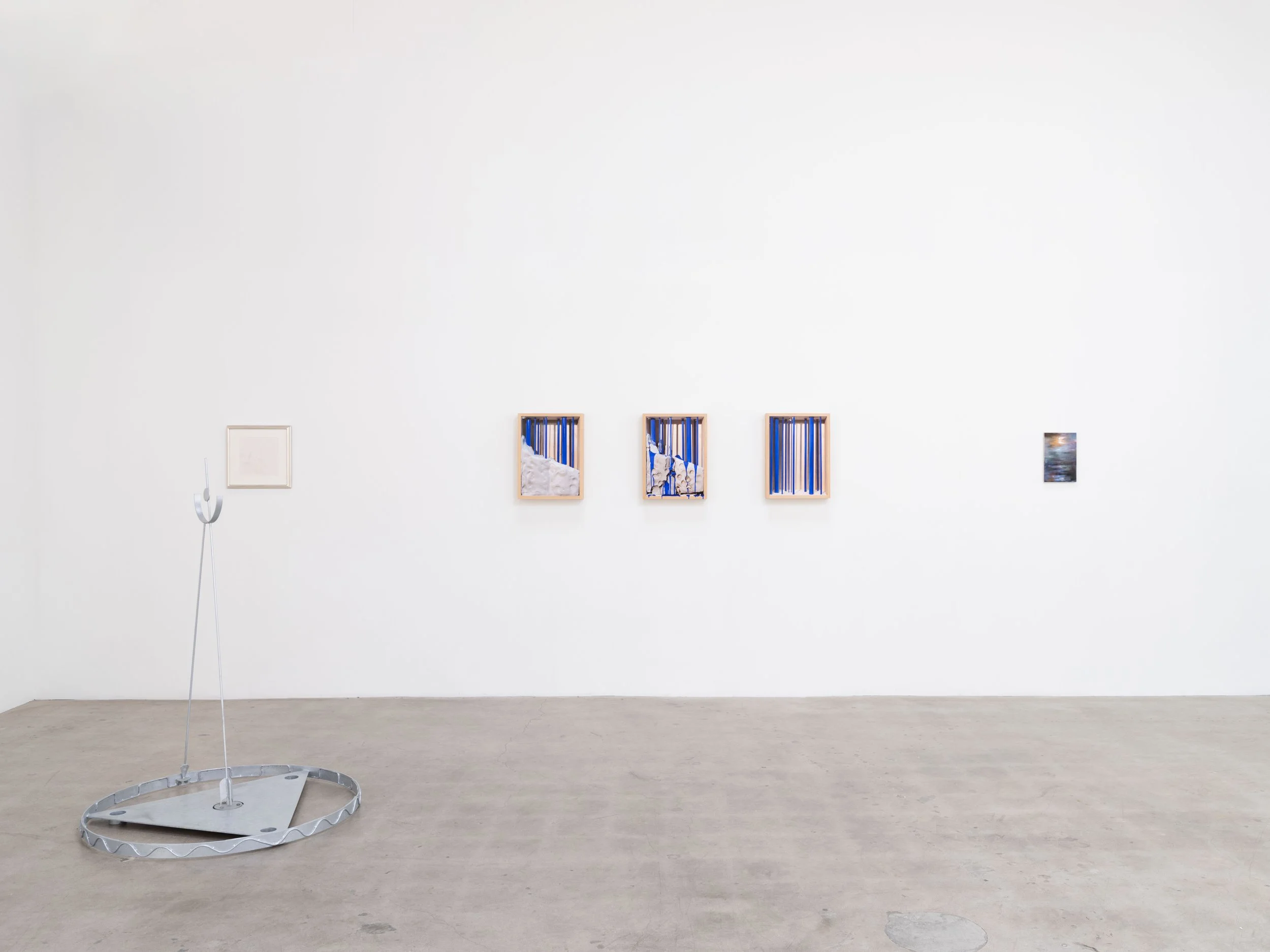

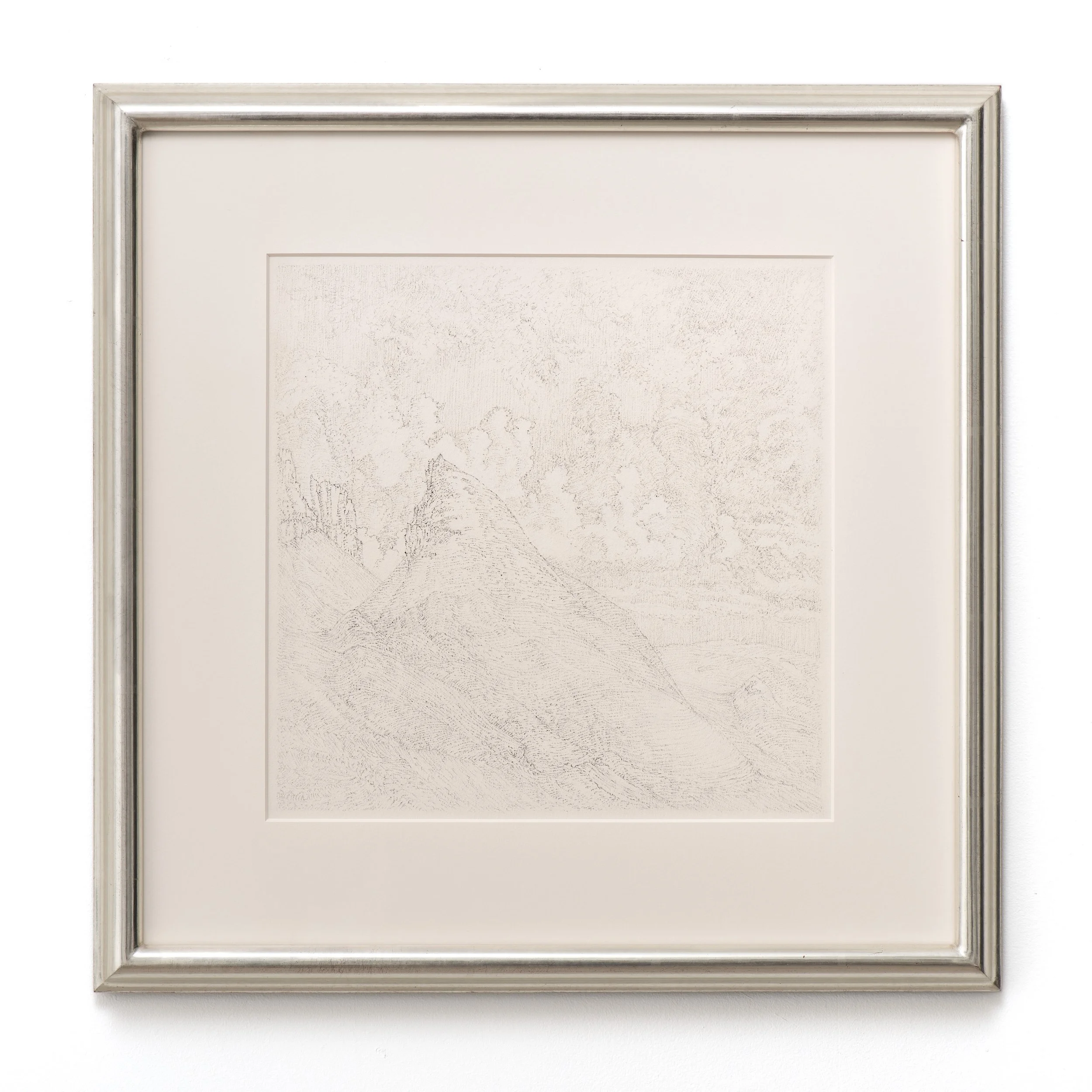
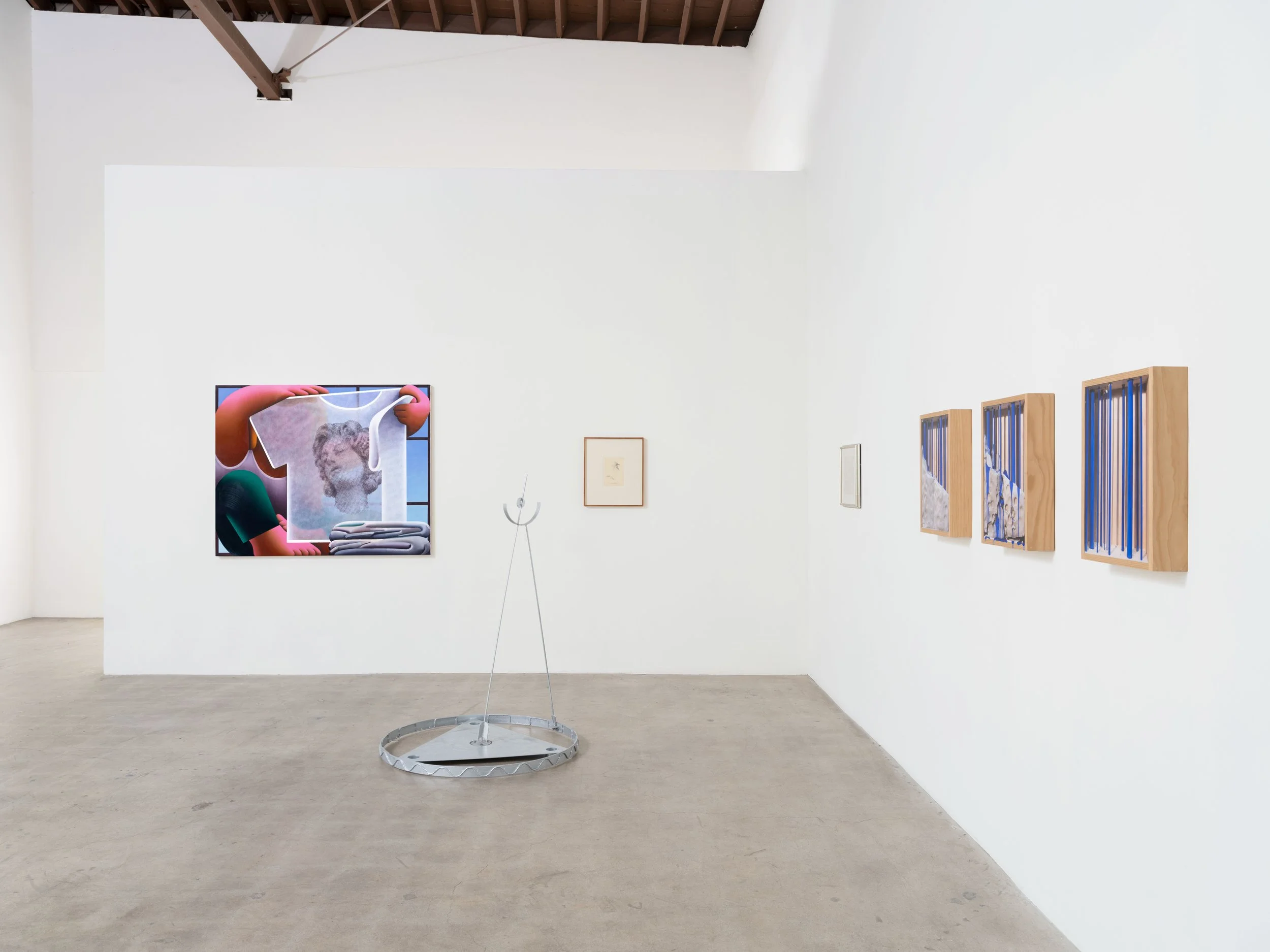



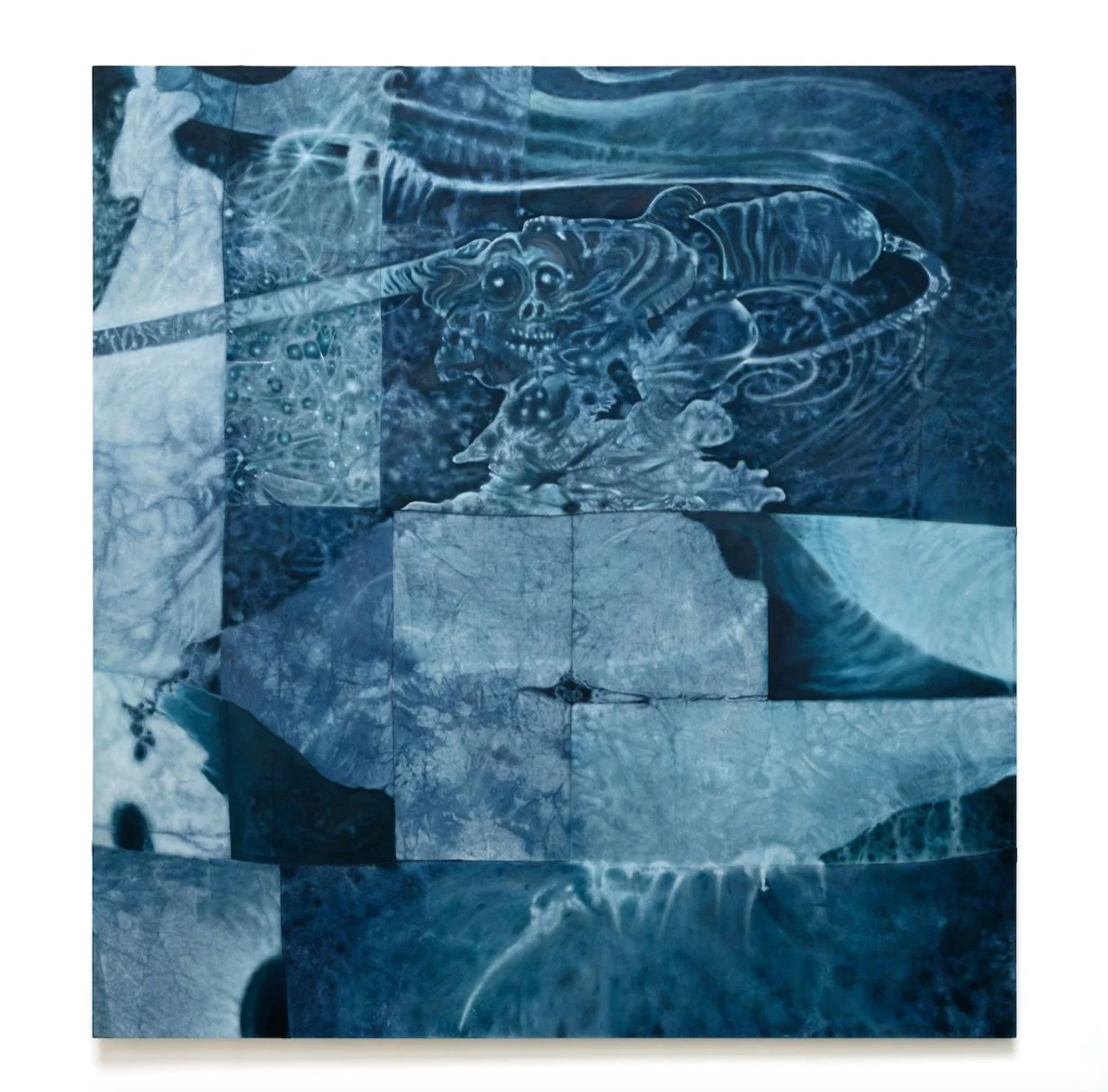

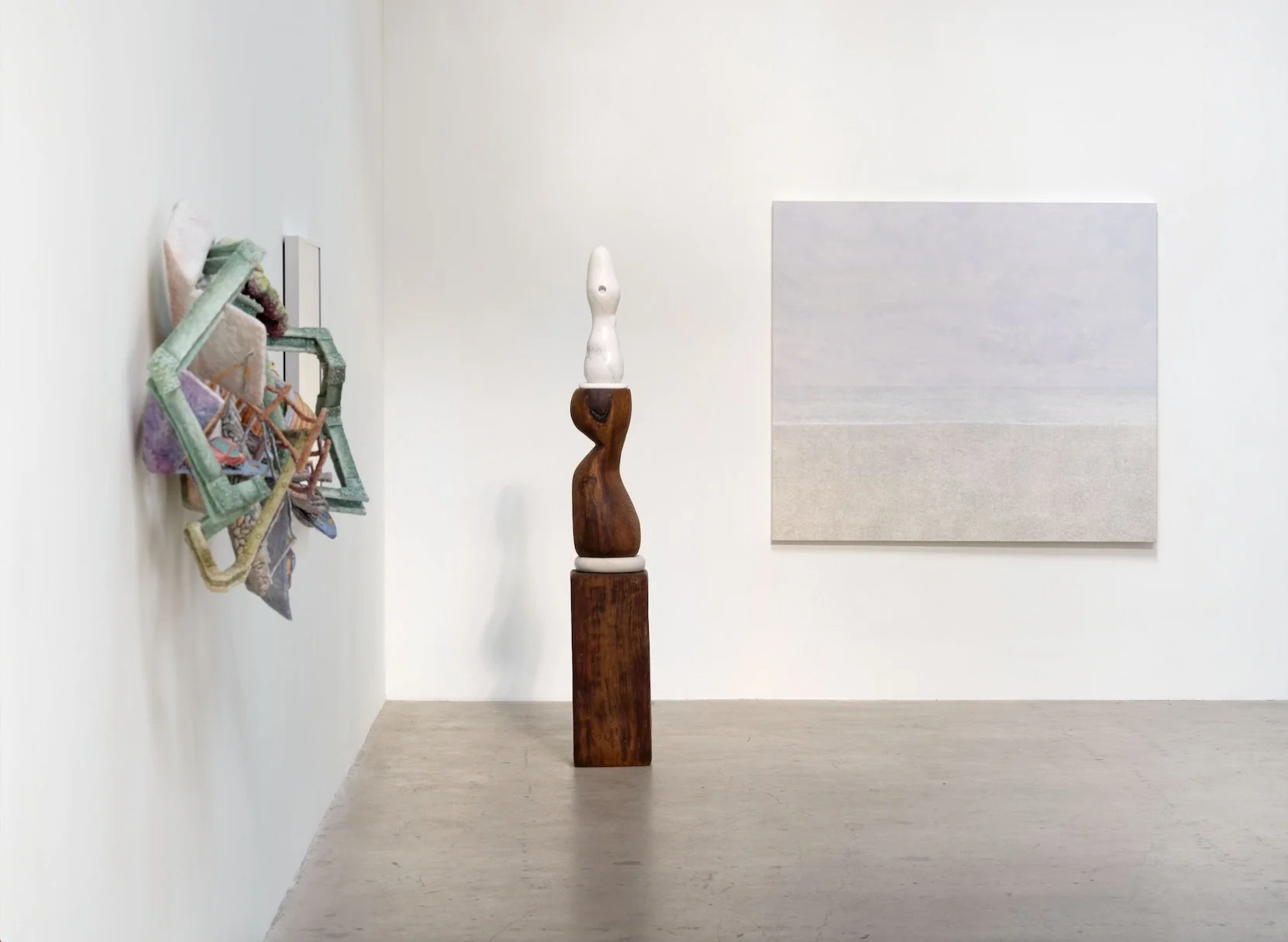





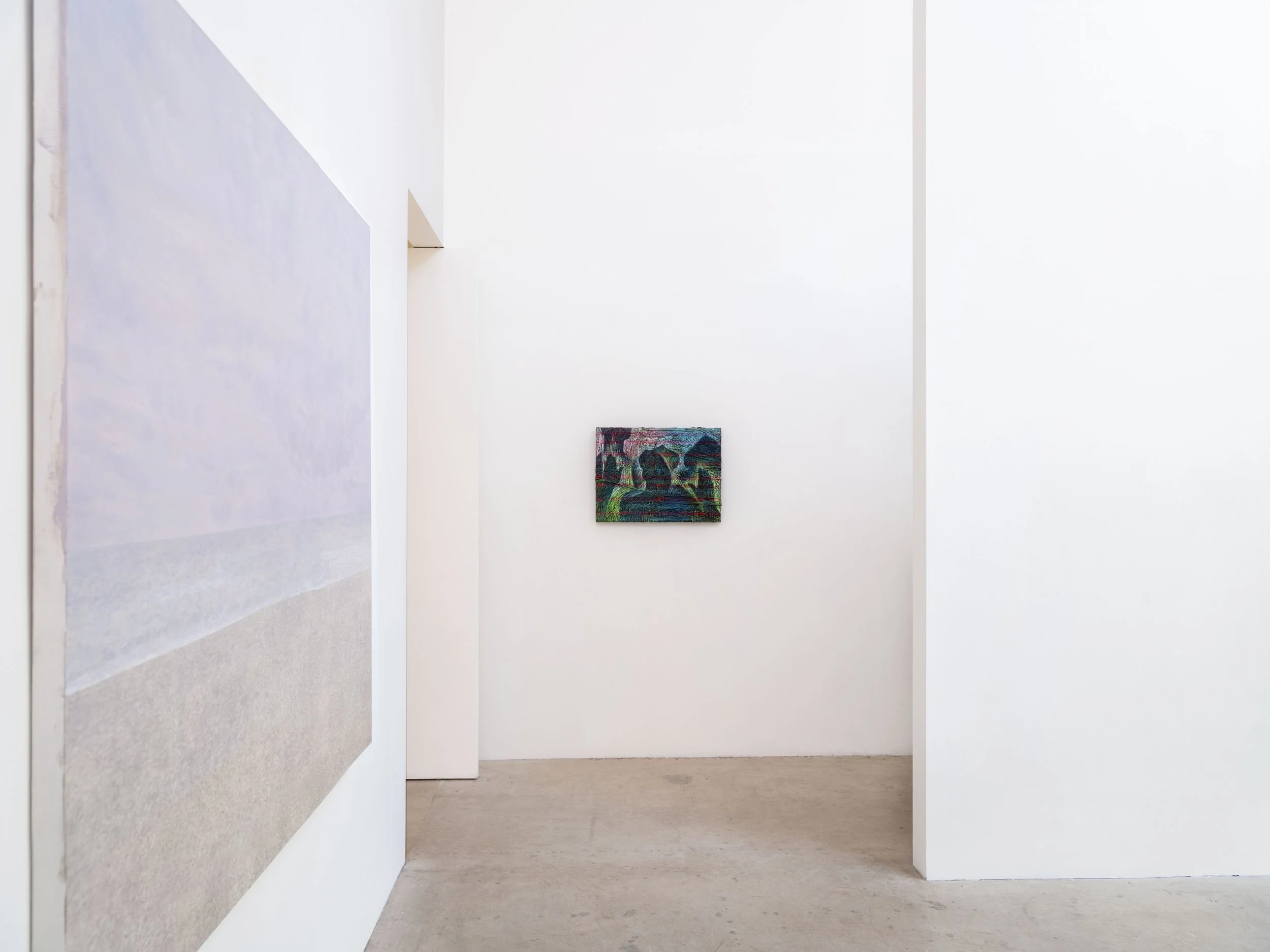
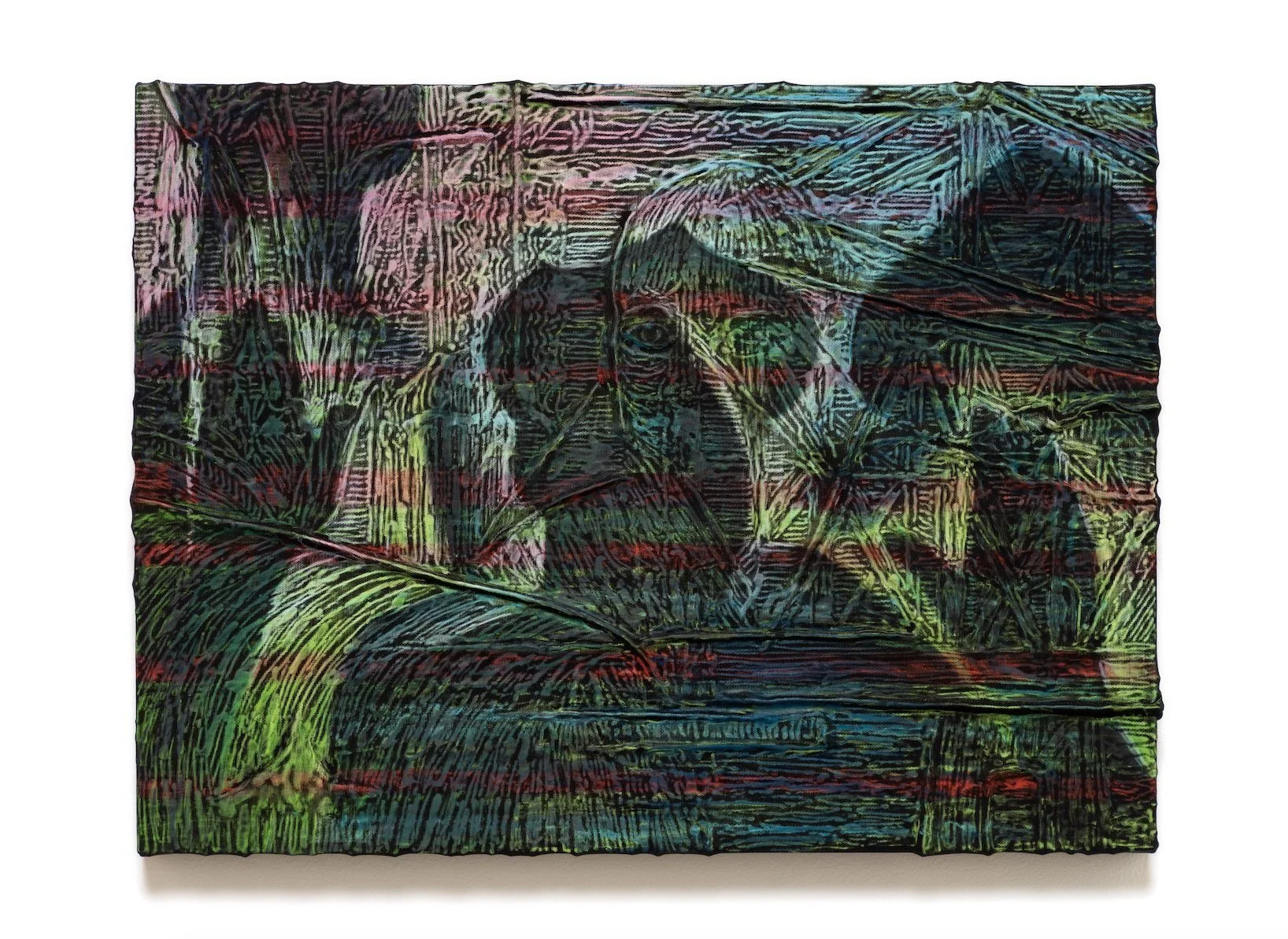

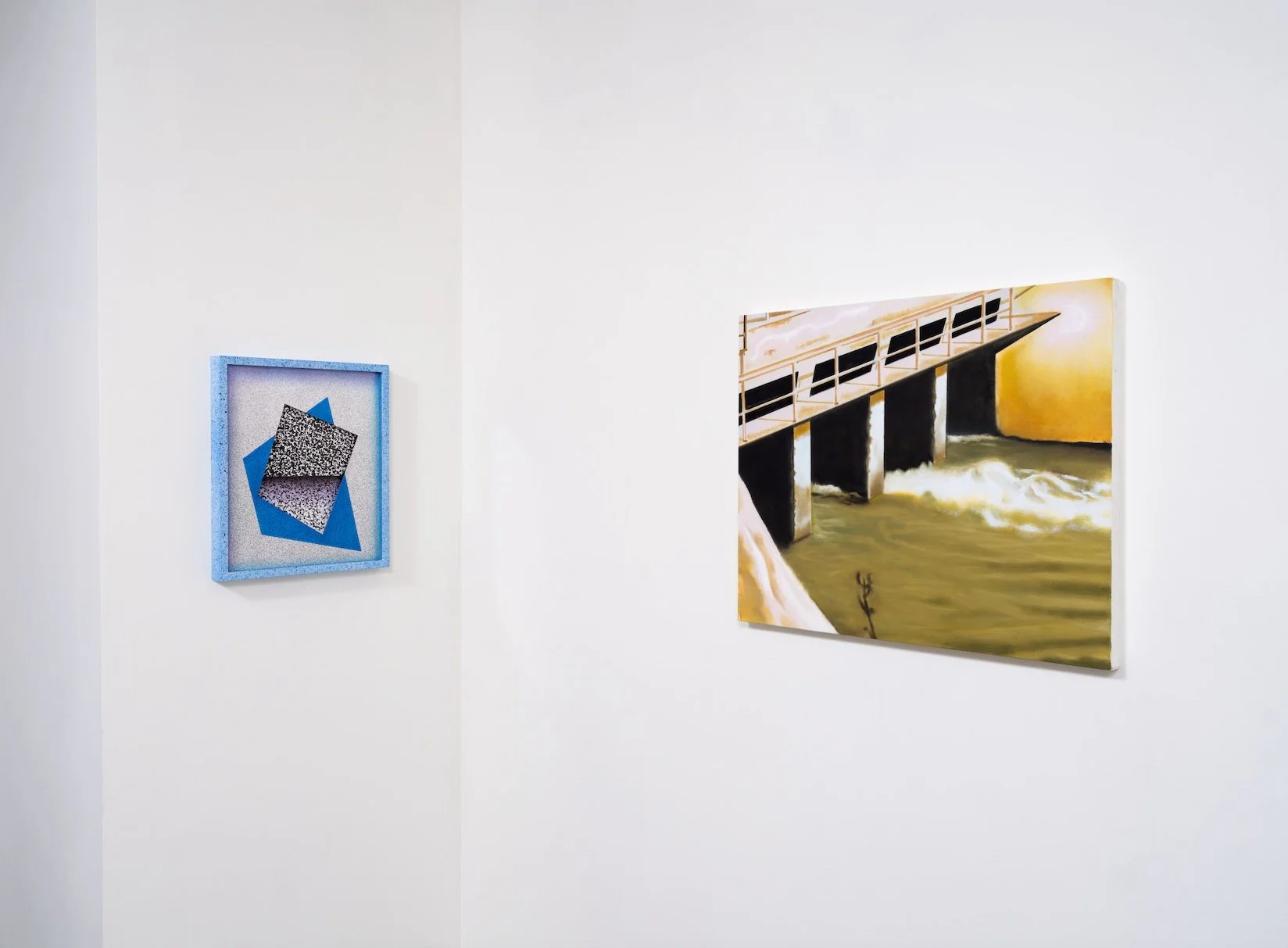






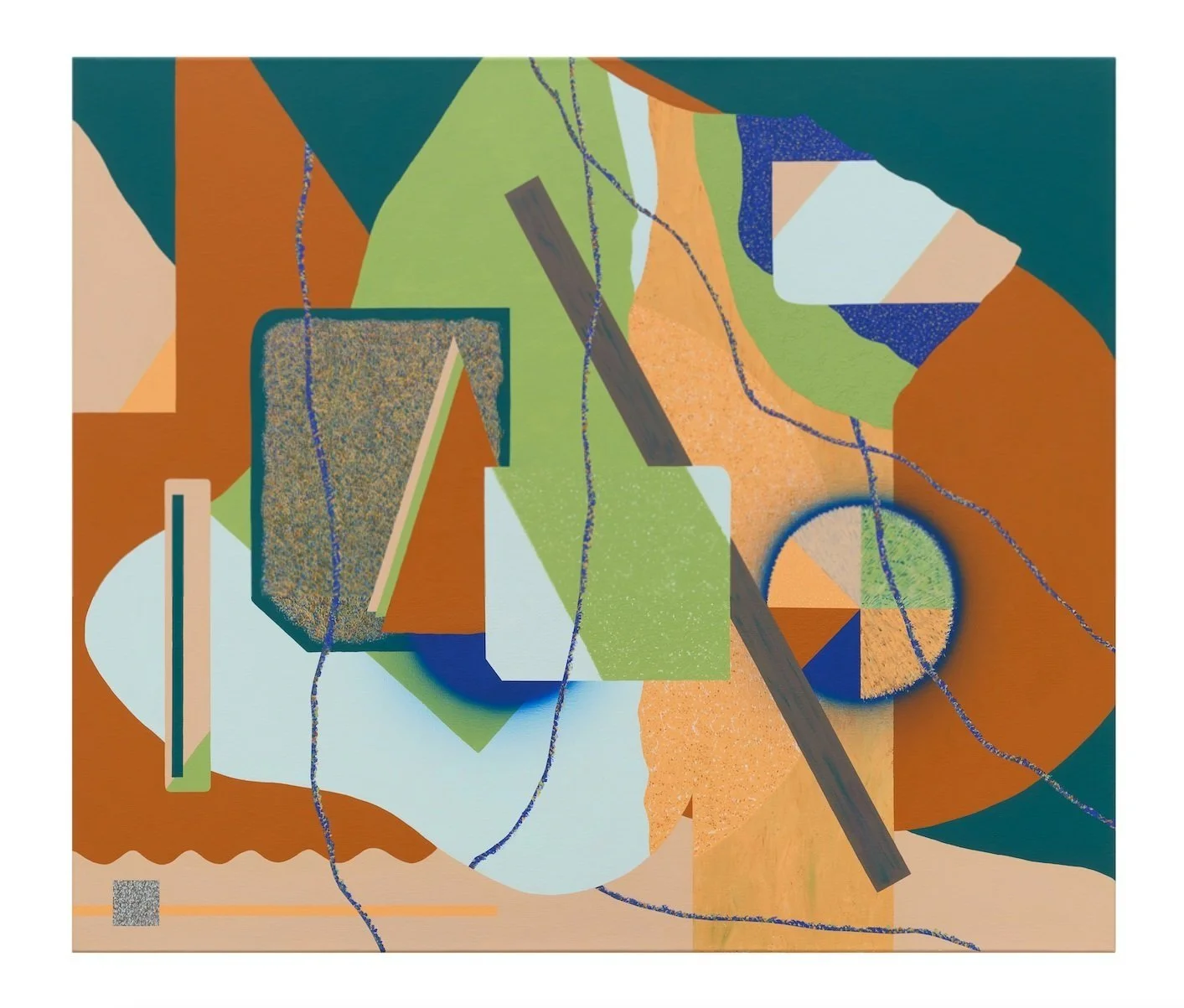
solar
by Kylie White
I was on the phone with Niki Logis the other day, talking to her about writing this text, when she regaled me of the time that she was installing an outdoor public sculpture. A local person stopped and asked, “Hey, lady! What’s that thing for?!” She replied “Solar!” Apparently the person laughed, seemed satisfied, and continued on their way.
I go on clumsily explaining to Niki that I see the urgency of this text really as an appeal to my fellow artists more than anything else. It’s about how art operates on its own fuel source that isn’t necessarily reliant on the same economic constraints that dominate trade, and that in a continuum of art-making spanning time and space, the impulse to make art is not only the investment but also the return. The very impulse to make art is part of the substance of art itself, and that pure impulse is clean-burning.
Before Niki had the chance to recount the “solar” story, I had already come up with this whole analogy about the Sun. I go on to tell her that, while the most grotesquely mercenary studios operate like coal plants, art in its least corrupted form is much more like nuclear fusion. It’s a form of direct energy conversion.
This line of reasoning then forced me to define art, which has been a taboo in the art world for a century. A lot has transpired in the last 100 years, and since I have been hearing the rumblings of doubt quite often lately, I feel called upon, probably against my own best interests, to reevaluate some important terms.
We use the word “cringe” as an adjective now to refer to things that make us feel embarrassed, but the origins of the word mean “to bend over with fear”. So for fear of being cringe, I too have avoided this until now, but fear no more. Being cringe takes courage, and I am most certainly The Fool: I define “art” simply as “a resonance within man made things”. Some man made things hum with the resonance of art.
I find this definition extremely accommodating of any and all mediums, and that it only selects for one feature which is the particular quality that the artist embeds into the work which allows it to reach out and touch another person by conjuring something within them. This triad, Artist–Art–Recipient, is what vibrates across time and space to create the resonance that is recognized as art.
If you’re going to be “facts-and-logic” about this, you can get right out. My theory is 100% dependent on metaphysics.
It’s collectively accepted now that art is a product of culture, but I would like to argue the opposite. Culture is a thing humans do to signal some mutual understanding to other humans, and it is often the result of the arts. Art is fundamental. Art precedes culture. The creative impulse that results in works of art is the energetic force behind the momentum of humanity. It provides the initial push which drives innovation and exploration, which only later comes to be known as culture. You can easily sense this in a museum when a Stone Age arrowhead is humming in tune with a Cycladic figurine one room over, and with a Dogon mask in another room, and a 20th century painting on the floor above. All of our art ancestors leave us these clues, guiding us towards some eternal set of pervading tones.
I can’t believe I even have to say this, but desperate times call for desperate measures, so here goes–and a second warning here to turn back now if you don’t want a horse pill of authenticity.
There is a dreadful din echoing through the halls of the artworld, emanating from those of you concerned with “the market”. If you, as an artist, are feeling particularly concerned about this, I would like to remind you that the art you make is not the canvas or the stone or the steel, or the studio rent or your assistants’ health benefits. It isn’t the press you’ve received that, as we speak, is being buried deeper in the digital landfill. It’s the resonance you can impart into any piece of material that you can get your hands on. You are in fact not a factory. You are an individual in contact with the eternal.
Allow me to put you further at ease by also reminding you that all of those art ancestors I am referring to did what they did with fewer resources than you. Again, to the tedious “facts-and-logic” people, whether ancient objects served some utility in their own time is irrelevant here, because it is less knowable than their present status as art. You know it when you see it. If you can’t imagine this hypothetical force that I am referring to then this point of view doesn’t apply to you. These objects have as much power now as they will ever have, and their power continues to grow. They do so completely regardless of any corresponding Profit and Loss statement. Never forget, bohemians, that numbers are for squares. Art always finds a way, because it is the way. Cease this mindless, endless expansion and converge your energy on a central point. Be like the Sun.
What is the Sun but a source of fluorescence, a light in the dark? It’s a point of orientation, as well as the thing that holds our planets in place and illuminates the matter upon them so we know that it’s there. If art-making is like nuclear energy then the question of how to contain it becomes the perfect analogy for form. The combusting gas of the sun is being compressed into a sphere via its own gravity, the same principle which holds all of its planets in orbit. For the sake of this argument, the force of gravity can then be thought of as a kind of ethic. Form obeys its laws, and it is our one true master.
This is like the difference between “bottomless” and “the bottom line”. The bottom line has no roots in physical reality, only in the theories that balance a ledger. You are bound to it as a slave, not a lover. Art, however, has the potential to be bottomless, if only you wed yourself to those core principles which define its forms. Serve the correct master and you will find yourself to be free. Even if your star grows cold and becomes a black hole, there is sure to be another new star on the other side for art to inhabit.
A gallery can also be like the Sun in that we are held in its orbit. It defines a perimeter for us to exist within, and it keeps the lights on. People think of a museum as a crypt, the final resting place for art, but what if a gallery wasn’t just a funeral parlor? Quite literally, a gallery just means “long room full of walls”, but since the nineteenth century it’s become common knowledge that a gallery is predominantly the ringing endorsement of those whose names are on the door. Therefore, a gallery isn’t the walls and the floors and the lights. The gallery is the very willingness to keep the lights on.
In this way, a good gallery models its powerplant on those of its artists. It’s ambiently recharging from the pure impulse, radiating love. This condition makes it impossible for such a gallery to be anything less than obliged. The phrase “love is the tie that binds” comes to mind. If the source of the agreement is something as sacred as that, it is much more difficult to profane.
This solar sort of nobility is what I believe sets Moskowitz Bayse apart from many others. There is a tacit understanding that we are all trying to make art history together, right here in the kitchen in the back of this gallery, where we stay up all night talking about all of the above. And if the whole thing burned to the ground, that hearth would be all that remains, and in that kitchen is the central force, the furnace of the Sun.
Back on the phone with Niki Logis, she says one final thing on the subject. “The artist views the world with innocent eyes, without cynicism.” I say, “I can’t tell if innocence precedes integrity, or vice versa.”
And she just says “You’re struggling too much. What you mean is ‘art is its own reward’.”
Solar was written by Kylie White on the occasion of the exhibition Slow School: Ten Years of Moskowitz Bayse. The exhibition brings together a single work by each artist in the gallery’s program, a gesture that honors not only the individual strength of each practice, but the collective ethos that has shaped the gallery’s identity over the past decade.



